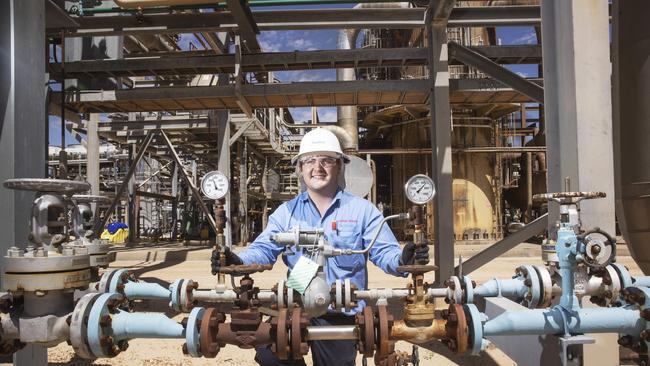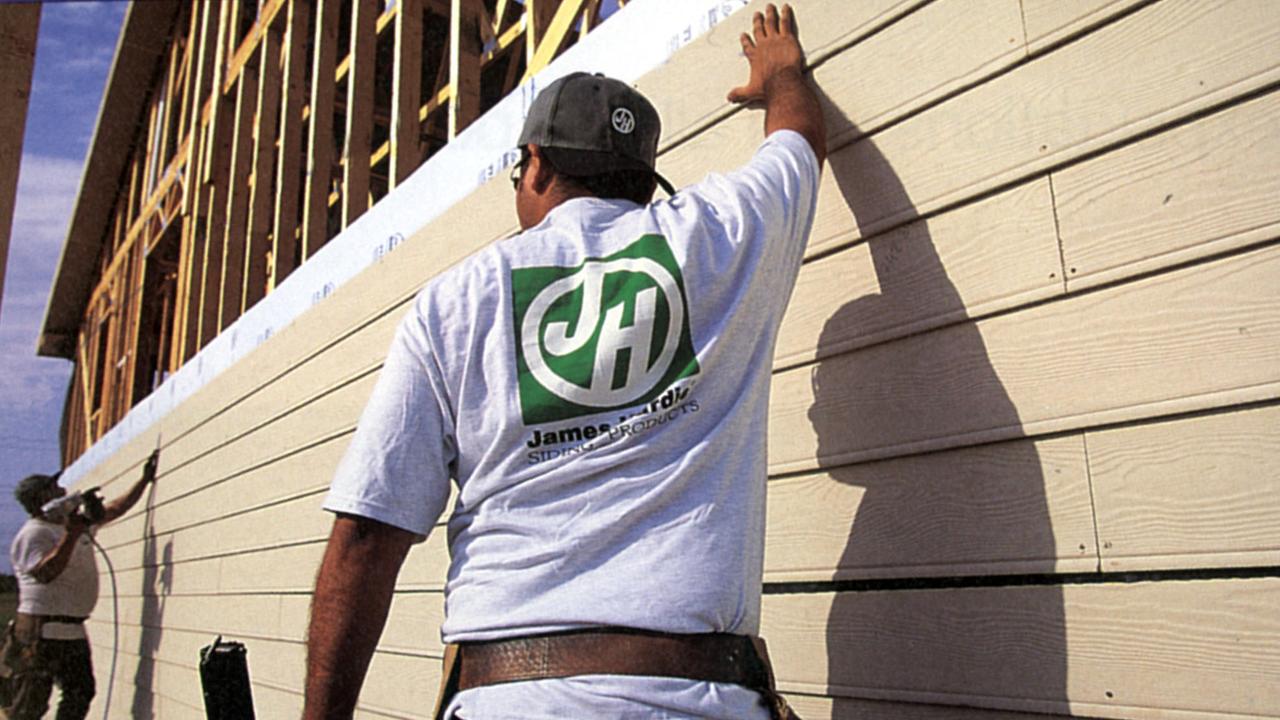Australia’s industrial base hangs in the balance following Weston Energy’s collapse: Robert Gottliebsen


For example, it is understood that Santos asked AGL to provide a form of assurance that the benefits of the supply contracts would be passed onto Weston customers.
After my comments yesterday the parties know that to some extent their future reputations will be impacted by the way the gas saga unravels. The truth is that none of the major players aimed to destroy this part of Australia’s industry, and no-one actually wants to receive the $200m “blood money” that potentially could be created by the industry suffering.
AGL was particularly strong in its denials.
Among those who did not create the “blood money” is Energy Minister Chris Bowen, who has inherited the mess. Given that everyone is blaming everyone else plus the law, his task is to get gas industry experts together with the players in the saga to eliminate the potential “blood money” and deliver fairness to Australian industry.
I believe there is sufficient goodwill in the gas industry for Bowen to be able to achieve a solution. And if he can, he will be a national hero. If he can’t, then he will rank with the other tarnished groups. It is important to understand how around $200m in “blood money” could potentially be created out of the wounds of Australian industry.
It seems that Exxon and Santos had contracts to supply around 6 million gigajoules a year to customers of Weston on a fixed price basis. Most of those contracts were at or below $9 per GJ. Both were ordered to supply to AGL that gas and other Weston gas contracts at the contracted prices.
That 6 million GJ in gas is being supplied and is being sold at or above $40 per GJ. If current prices remain for another year that 6 million GJ will generate profits of at least $180m. If the gas price falls then the profits over the year will be much less.
So, let’s look at the position of each of the players in the saga
The first player is the federal government and its authority, the Australian Energy Regulator. No-one is suggesting that the regulator is making money out of the morass but when asked a series of questions on Monday the only reply they could muster was to point out that they were obeying the law. I have no doubt that claim is true but constitutional lawyers tell me that section 51 (XXXI) has had very wide interpretations and the regulator may inadvertently be caught in a bind.
The second players are Exxon and Santos.
Esso Australia, Exxon’s subsidiary, said that it “acted immediately to implement the Energy Regulator’s direction”. “Esso continues to comply with the (notice) and continues to ensure gas is flowing to AGL on the same terms Esso supplied gas to Weston,” it said.
Santos made a similar declaration.
The third player is, of course, AGL. AGL has no desire to receive “blood money” and denies that it could possibly receive around $200m over the year. I am not going to debate the issue with AGL but I do understand that there will complexity in the total Weston situation.
What is encouraging is that AGL will be prepared to work with Bowen and his people to work out a solution that would help the impacted industries and create a fair outcome.
A fourth player is created by the possibility that somewhere in the total mess, part or all of the $200m “blood money” is seeping into the hands of another party. I find that hard to believe, but it is a complex industry.
Because of the high price of gas and electricity there are going to be many more retailers that are going to fall over. We must devise a set of actions for the regulator to embrace that, as far as possible, provides justice for the customers of the failed retailers.
In some cases, there will be conflicts between the interests of the various customers but in this case, Weston negotiated a gas purchases from Exxon and Santos at prices that are substantially below the market which is a huge asset.
That asset must be channelled to the correct customers of Weston not to the replacement energy retailer, the commonwealth, gas producers or any other party including the failed retailer. When proper rules are not established “blood money” can be created that ends up in the pockets of the wrong people.






An important part of Australia’s industrial base now hangs in the balance because of the Weston Energy gas fiasco. And I discover that many of those involved are alarmed at the huge potential windfall gains that maybe created by selling Weston customers’ low priced gas on today’s market.